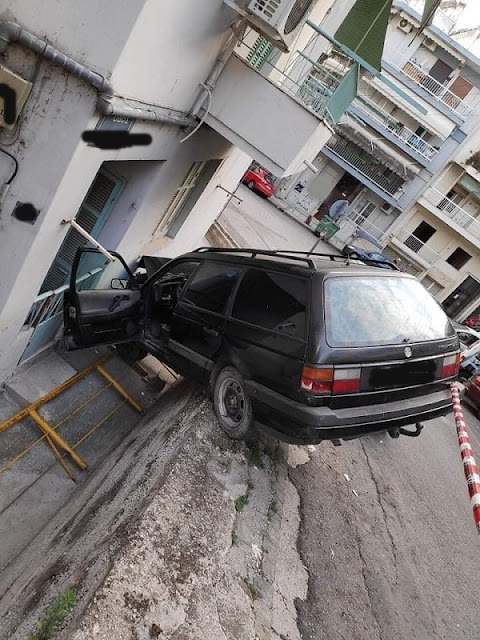Under the above photo, (b3's rear bumper after minor collision), vw says, (vw passat b5 self study guide sp 191 pdf):
But, under this photo, vw says:
capacity to absorb so much energy during a
low-speed rear collision that only plastic parts
have to be replaced.
Time-consuming welding work is no longer
necessary".
20 September 2023
A no airbags no scratch serious accident? (Wearing the safety belt, of course). How it can be?
As many of you may now, The Syncro Heresy is against the use of the frontal air bags, (http://www.vwsyncro.eu/p/airbags-not-absolutely-brand-new.html )
.
Also, Passat b3 is measured as the safest car of the 1990-1994 era, without airbags, having the same coefficient, (24), of IIHS death rate that the Mercedes 190 D/E had , but with airbags,
(http://www.vwsyncro.eu/p/t3s-passive-safety.html).
Here is an example of such an accident, where a lady with a b3 Passat is coming against a wall with protective fence and ditch, having no airbags, and coming out unhurt. Trying to find out more details from the “Voria.gr” e-newspaper stand impossible. You see, the accident, just discovered, was four years back.
“Voria.gr” says, (the article at your disposal):
«Από την πρόσκρουση προκλήθηκαν φθορές στο σημείο, αλλά και το ίδιο το όχημα, ενώ η οδηγός του οχήματος δεν τραυματίστηκε».
Translated: “From the collision caused damages to the point and to the vehicle, but the driver does not injured”.
If you are reading this, it means that you are into













